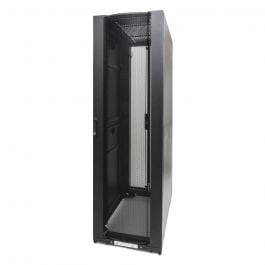Christmas crew, hope you all enjoying yourselfs. Ive been reading a thread on another forum about parallel paths. In certain installations, namely industrial/ some commercial, where the use of metal conduit, SWA, and steel framed building prevails. In such installs there is really is no way to avoid parallel paths, not that theyre a bad thing as it helps lower ZS, help lower touch voltages, and helps keep extraneous stuff at similar potential. This got me thinking about design of such circuits in these environments ! Can the design of a circuit, say for example an SWA ring final with its steel wire used as CPC, with metal boxes fixed to the metal beams of building structure (which be bonded and also connected to earth at multiple points by other metal clad circuits), be designed with these parallel paths as a factor ? Or does each and every circuit need to be designed within its limitations based on OCPD, conductor size, and ZS, based on the notion that there are no parallel paths present ? Can these parallel paths through a building structure even be measured ? Food for thought really as my small works is miles away from anything like the above, but with all things its worth knowing about to satisfy my inner chakkra. Similar to that Tesla guy, im thinking, if everything is earthed aound us then why have wires and cables, the earth is a parallel path ! Yeah 










